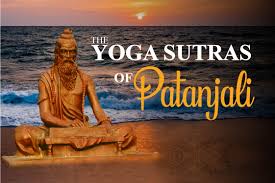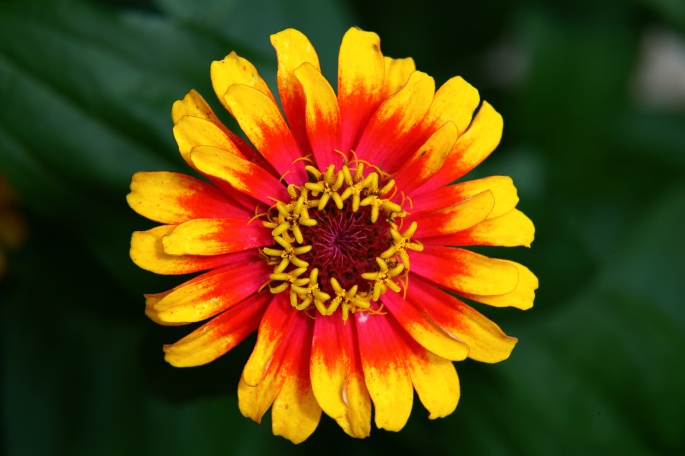Life is pure existence. It is pure consciousness at the bottom of the V in V-theory of Transcendence (Figure below). The top of the V is the dynamic manifestations of life. These manifestations arise and transform and disappear at different time frames. Human beings appear at the ~ 80-year time frame. Other entities appear at longer or shorter time frames. Trees last 100s of years. Bacteria last just a few days. Longer life span is not a sign of greater intelligence or success. Attachment to this human body and its perpetuation is the ultimate mithya or illusion. We should detach from our human body (and near and dear ones’ bodies etc.) as it goes through its cycle of maturing and dissolving.

So, what are we to do with our individual short gross physical bodily existence? Doing is manifesting. We can create things and situations but should not be attached to those manifestations. Objects such as houses and cars and jewelry are a very low life form. The higher life form is that which is free from illusions and boundaries and is intent on accomplishing its assigned task of manifesting ever greater reality. Our hearts should be open to receiving guidance from higher life forms, or from pure life itself. We should be aware of our own divine powers and be a channel for creation as the time and situation demands.
Why do we manifest gross physical forms? Why do we take pleasure in creating such low-level toy forms? Why are we attached to these less significant creations? The answer may lie in social conditioning and legal structures. Such attachments provide a handle to any powerful evolved entity to manipulate us. Why do we fall for such manipulations? Some call ii God’s lila or divine play. It sometimes takes up to fag end of the individual human life span to realize the futility of attachments to manifestations. The young are mostly unable to learn this lesson from the elders. For the young, these toys are seductive. That is just the way it is!
There is enormous seduction of numbers, words, and language. Everything important should be measurable and comparable. By dividing, discretizing, and abstracting everything into tokens, the intellect allows the creation of new toys with ease, especially using machines and more recently Artificial Intelligence. Analog processes such as feelings vanish. Hearts close to what one does not already know. Awe and wonder vanish from awareness. The notion of an open divine unbounded invincible self seems ludicrous. This continues till some misfortune such as cancer or pandemics strikes and breaks that spell. Then the wisdom shines, and life appears valuable for its own sake!










